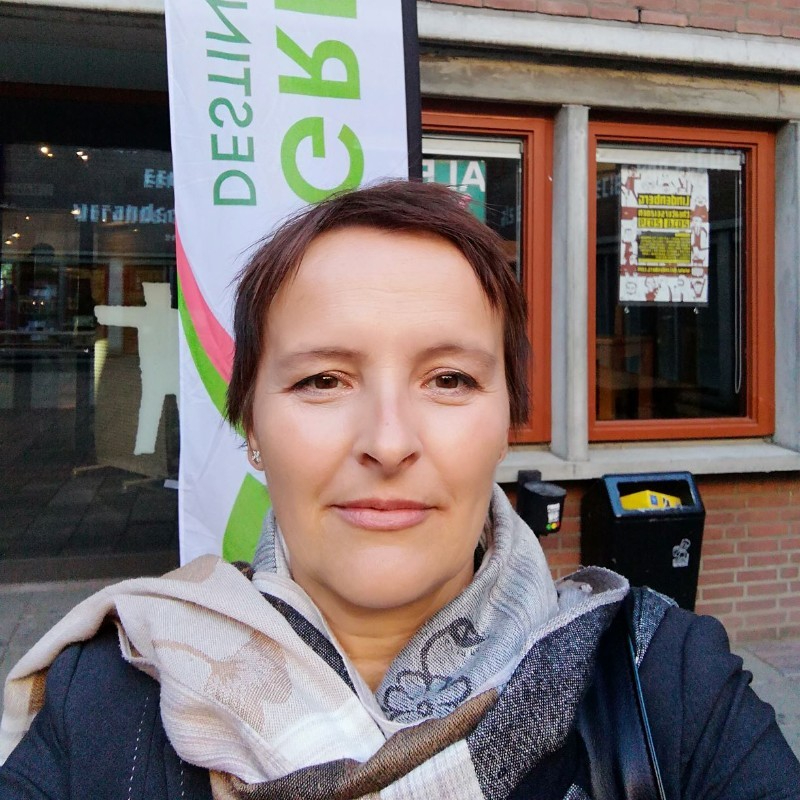How did Bled become a zero waste community?
26.01.2021
On the way to a zero-waste society
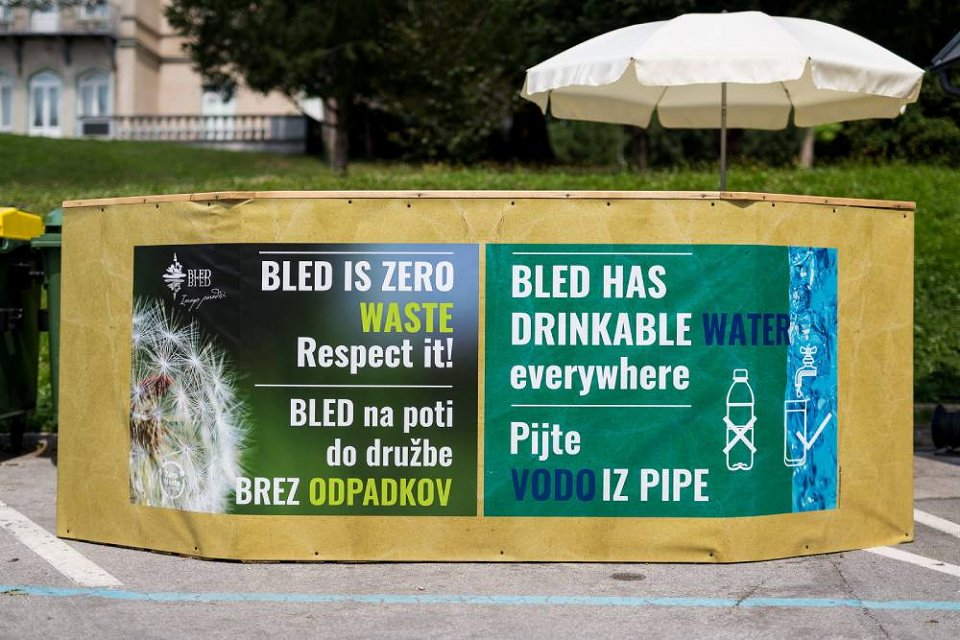 © Sašo Valjavec
© Sašo Valjavec
January’s last blog post on sustainability in Bled will be the first in a series of posts on the Zero Waste movement. A waste-free society, i.e. zero waste, is of course a utopia. However, weren't all great ideas of humanity initially understood and perceived as such? Men flying above the clouds, diving into the depths of the ocean, open heart surgery, supercomputers – all these achievements were once considered a utopia or science fiction, but today they are part of our reality. So, can we rely on science to one day invent procedures that will ensure a waste-free world? Of course, but today it seems we are running out of time.
“According to a study published in the Scientific Reports, the Great Pacific garbage patch already exceeds [three times the size of France] and is even larger than scientists have previously assumed. At the same time, scientists point out that this patch is still growing at a rapid speed”, as reported in Dnevnik. This means that we are past the turning point, in danger of literally burying the Earth in waste. Every idea, every movement, no matter how utopian it might seem, is more than welcome.
Bled – a zero waste community?
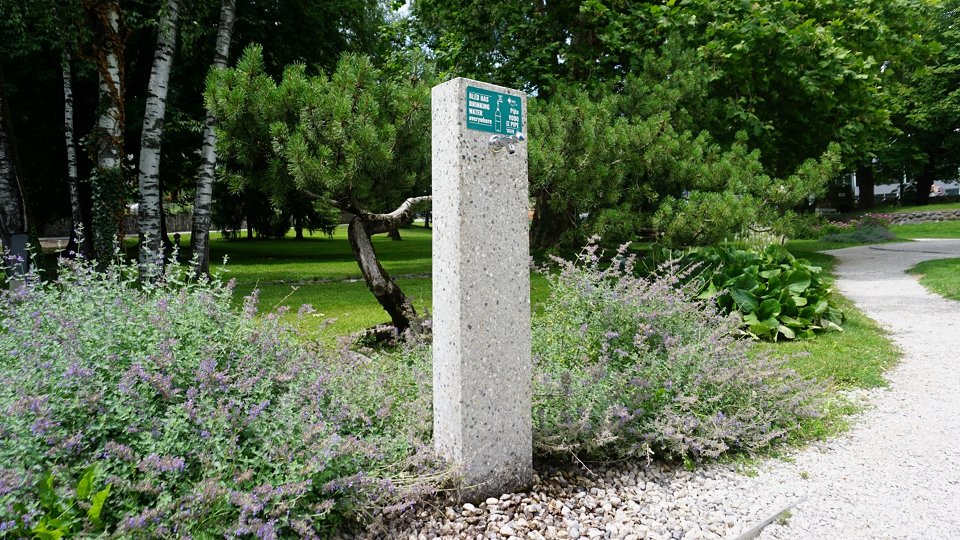 © Maja Pančur
© Maja Pančur
The Municipality of Bled has been a member of the Zero Waste movement for many years and is on its way to becoming a waste-free community. The project in Slovenia is led by a group called Ecologists without borders, a non-governmental organization that takes care of the promotion and implementation of zero waste communities in the country.
What does ‘zero waste’ even mean?
The Zero Waste International Alliance adopted the first definition of Zero Waste in 2004 and in 2018 amended it to read as follows:
»Zero Waste: Preservation of all resources through responsible production, consumption, use and reuse of products, packaging and substances, without incineration and discharges into land, water or air that could endanger the health of ecosystems or people.” (Source)
Preserving and conserving the resources
And again, we are back to conserving resources! We finally seem to be closer to realizing that most resources are not endless and most cannot be easily replaced. How can be transfer waste-free society to the field of tourism? Tourism is an industry characterized by high consumption, utilization of resources, footprints, etc.
The graph found on the website of the Ecologists Without Borders clearly demonstrates the correlation between the number of tourists and the amount of waste. It will be interesting to see the data for the year Covid-19-stricken year 2020.
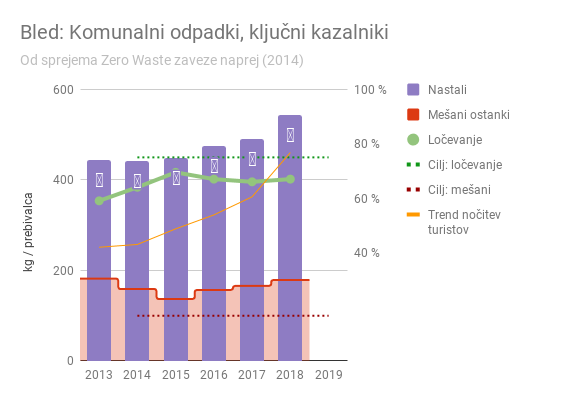
Bled: Municipal waste, key indicators:
Nastali: Quantity generated / Mešani ostanki: Mixed waste / Ločevanje: Waste separation / Cilji: ločevanje Target: waste separation / Ciliji: Mešani Target: mixed / Trend nočitev turistov: Trend: overnight stays
Bled indicators
As can be seen in the graph above the share of separately collected waste is increasing. The Municipality of Bled has exceeded its commitment of increasing the share of separately collected waste in 2020 by 75% already in the year 2019. On the other hand, it is worrying to see that both the amount of waste generated and the amount of mixed waste have visibly increased. This simply means we consume too much.

The public utility company Infrastruktura Bled is actively participating in the Zero Waste movement and is trying to influence users to produce as little waste as possible through various awareness-raising and marketing campaigns. One of such campaigns is aimed at raising awareness through short messages, which can be found on their website or seen on garbage removal trucks.
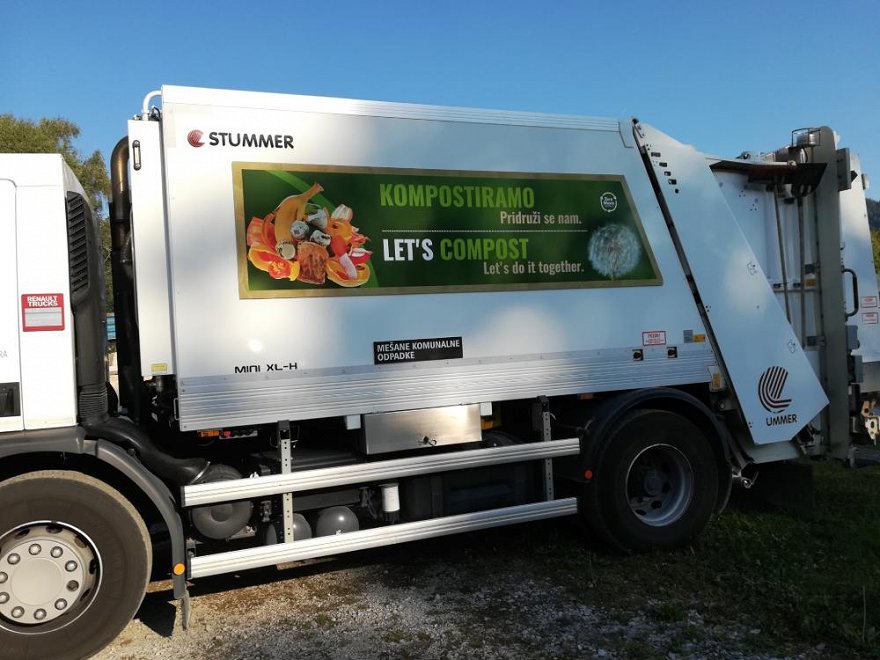 © Romana Purkart
© Romana Purkart
Visit one of the greenest destinations on the planet
Waste is a big problem, closely connected with (excessive) consumption and (mis)use of resources, their poisoning and destruction. The road to hell is paved with waste.
How do we address this pressing issue in tourism? Can tourism be the industry that leads the way to possible solutions?
Tourism Bled has published on the bled.si website several tips and advice on how to be a tourist, have a good time, get to know the place and its traditions while simultaneously producing as little waste as possible. Upon visiting one of the greenest destinations on the planet we must act responsibily.
The Bled Sustainability Report 2017-2020 is also available through this link.
“Waste in tourism is a serious problem, especially in areas with a high concentration of tourist activities and natural attractions. The daily consumption of various products requires natural resources and energy used in their production, manufacture, and transport. However, when these products become waste, they contribute to water and soil pollution and loss of biodiversity. These problems are evident in the field of restaurants, hotels, and other tourist accommodations as well as in the field of organization of events. We are seeing a large increase in the latter, and all of them are, at least to some extent, linked to the production of waste,” wrote Ecologists Without Borders (Source).
Let us also mention that Bled is home to the first zero waste hotel in Slovenia, but more about this in our next blog post!
Follow us on:

